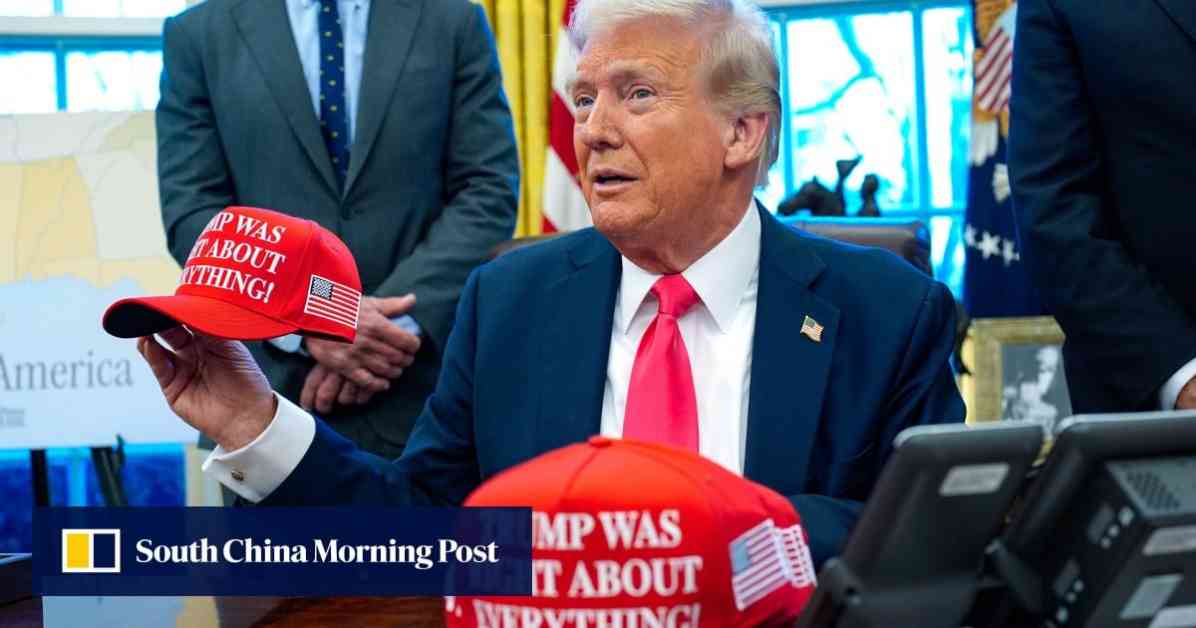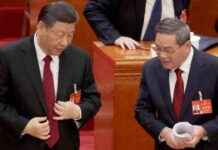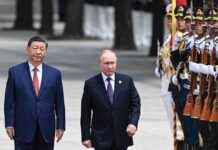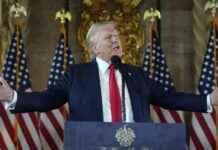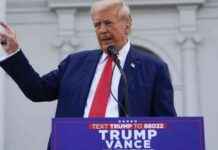The Trump administration recently unveiled its 2025 Trade Policy Agenda to Congress, emphasizing China as a “unique economic challenge” in the global economic landscape. The plan, released just a day before scheduled tariffs on Canada, Mexico, and China, highlights past US mistakes and outlines a strategic approach moving forward.
US Trade Representative Jamieson Greer emphasized the urgent need for action in the face of unprecedented economic and national security challenges. The 2025 policy document criticizes previous administrations for not capitalizing on US leverage and for granting China free access to the American market without receiving equivalent benefits in return.
The report also addresses the phase-one trade agreement with China from Trump’s first term, characterizing it as a missed opportunity due to China’s failure to fulfill its commitments. The administration defends its reliance on tariffs as an effective tool, arguing that foreign trading partners bear the costs rather than American consumers.
Challenges and Opportunities in US-China Trade Relations
Moving forward, the administration plans to continue its aggressive trade policy, building on past successes to address structural challenges in the global trading system. The report stresses the importance of a strategic and assertive approach to rectify distortions in international trade.
In addition to targeting China, the report criticizes the World Trade Organization (WTO), accusing it of prioritizing a development agenda over national sovereignty. The administration aims to reshape the international trade landscape by advocating for a more balanced and equitable system.
As the US navigates its complex economic relationship with China, the 2025 Trade Policy Agenda sets the stage for future negotiations and policy decisions. By prioritizing American interests and leveraging economic leverage, the administration seeks to establish a more favorable trade environment for the United States and its allies.
